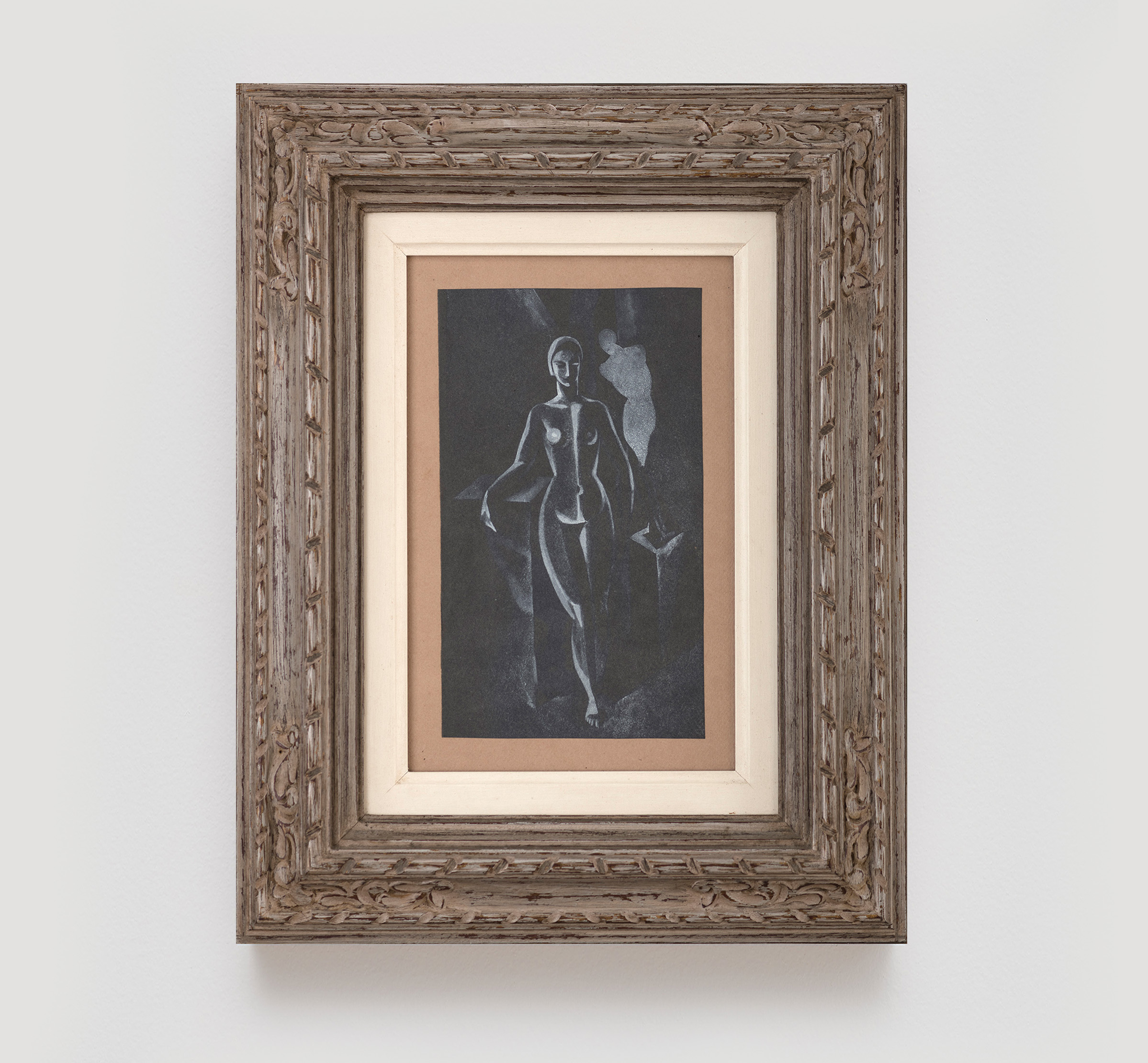Ismael Nery
The work of Ismael Nery (Belém, PA, 1900 – Rio de Janeiro, RJ, 1934) rose to prominence in the 1920s, contemporaneously with the generation that produced the Semana de Arte Moderna and developed a Brazilian modernist project based on native themes, while simultaneously being influenced by international trends. However, his work sought modernity through different paths.
He did not aim for "brazilianess" in his iconographic repertoire, nor through colors, but instead experimented with the creation of ambiguous, enigmatic, and often androgynous human figures, which places him in a solitary position within that phase of Brazilian modernism.
Nery never completed his studies at the Escola Nacional de Belas Artes, which he began in 1917, where he was seen by his peers, such as Lúcio Costa, as an unsettled and impatient student. In Paris, he attended the Académie Julian and, in 1927, he came into contact with the surrealists (such as André Breton, Marcel Noll, and Marc Chagall), whose influence is evident in his work.




